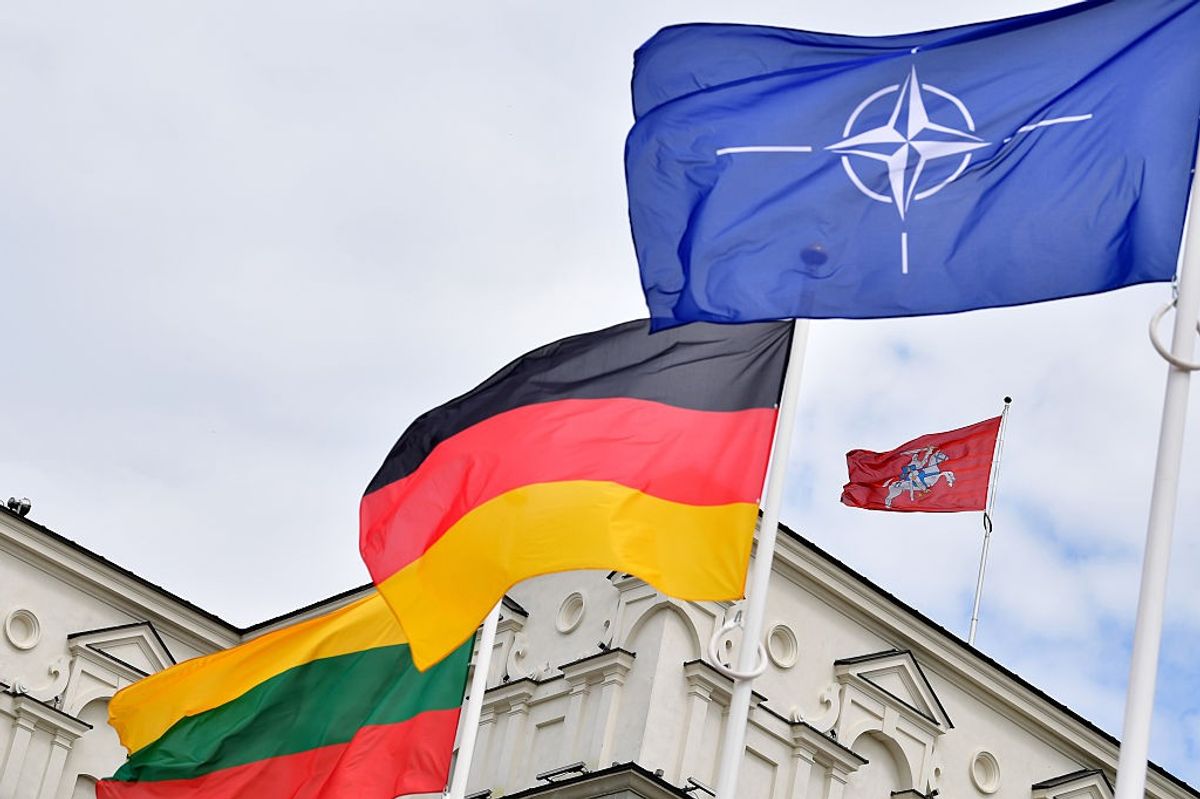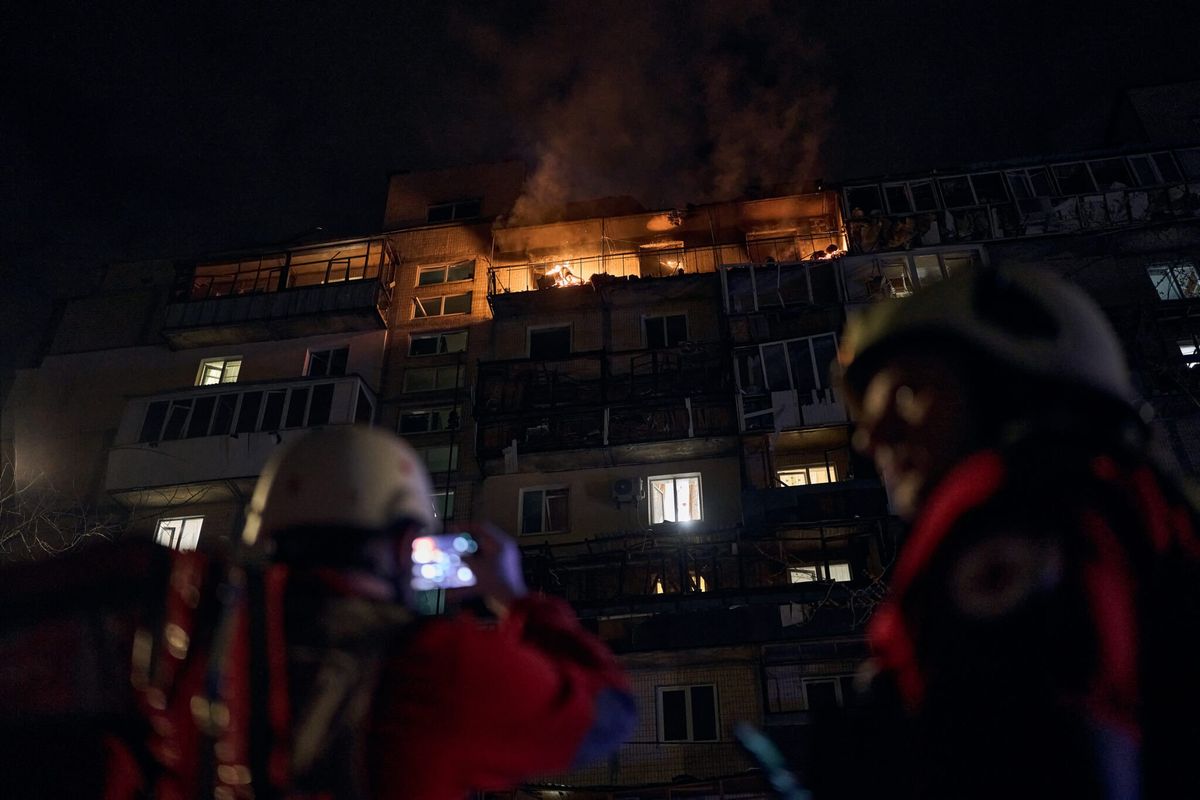Defense Secretary Ash Carter left India on Tuesday after a three-day trip focused on deepening ties to the country that has been eyed as the significant counterweight to China in the region. With the US and India agreeing to strengthen maritime security cooperation and in principle to share military logistics, what’s next for the relationship Carter has said is “destined to be one of the most significant partnerships of the 21st century?”
While Carter’s visit did not catapult the countries’ relationship to such heights just yet, experts told The Cipher Brief it will help lay the groundwork in the areas of maritime security, defense technology and strategy to further boost U.S.-India ties in the face of a rising China.
“The relationship has really blossomed in recent years, to the point where we’re talking about doing things now that were unimaginable a few years ago, like cooperating on aircraft carrier technology,” said U.S. Naval Postgraduate School’s Paul Kapur, an expert in the international security environment in South Asia. “It’s part of a larger picture, that the U.S. and India both see each other as an important partner because of big shifts that are occurring in the tectonic plates of the geostrategic system.”
Closer ties
Carter’s trip yielded several noteworthy signs of progress, particularly in the technology realm. The two nations announced new projects under the Defense Technology and Trade Initiative (DTTI) — established in 2012 under then deputy defense secretary Carter to help further military development with India — on digital, helmet-mounted displays and a joint biological tactical detection system.
India and the U.S. also put maritime security in the spotlight, launching a bilateral maritime security dialogue and highlighting their shared stance on ensuring freedom of navigation throughout the region, including the South China Sea.
Four other tech and science projects — involving high energy lasers, cognitive tools for target detection, small drones, and traumatic brain jury — are on the road to being finalized, and the two sides are also stepping up their discussions on technology sharing, particularly with possible cooperation on aircraft carriers and jet engine technology.
These moves help strengthen ties, underscoring India’s desire to be a co-producer and co-developer in defense production with the U.S. even as it maintains its treasured nonaligned standing.
The most notable announcement out of the trip, the agreement in principle on the long in the works proposal to share military logistics, marked a “considerable accomplishment” for Carter, Teresita Schaffer, former Deputy Assistant Secretary of State for the Near East and South Asia and a non-resident senior fellow at the Brookings Institution, said.
There were, however, some small hitches. The agreement for mutual logistical support will allow the two to coordinate better and use each other’s bases for things such as resupplying and refueling, but the visit ended without anyone signing on the dotted line. The final draft is not expected for either weeks, if you asked Carter, or months, if you asked Parrikar.
And there was no declared progress on the other two so-called defense “foundational agreements” to boost military cooperation and technology transfer, although it was stated the two countries will continue to work on inking them. Carter also faced questions about the U.S.-Pakistan relationship, particularly in light of the recent sale of F-16 fighter jets to Pakistan, an action India does not support.
A ‘destined’ relationship?
Still, these are all minor bumps in the road that pale in comparison to the convergence of strategic and technological interests. The transformational change in the U.S.-India defense partnership in the last 15 years has been extraordinary, observers say, and Carter’s latest — if largely symbolic — trip marks another significant moment for a partnership that the secretary has vowed repeatedly is “destiny.”
“If you look at the developments from 2001, the transformation has been nothing short of remarkable,” Carnegie Endowment for International Peace’s Ashley Tellis said. “In 2000, we had virtually no defense cooperation relationship worth mentioning.”
Tellis pointed out the U.S. has now become one of the principal suppliers of defense equipment to India. India also conducts more joint military exercises with the U.S. than any other country in the world, and there is a special mechanism—the DTTI—that facilitates cooperation on defense technology and trade, despite respective bureaucratic and legal issues, and permit India to engage with the U.S. without becoming a formal alliance partner.
“Both countries have converging interests today in a way they did not historically,” Tellis said. “Both nations see each other as a source of strength for the other — the U.S. sees India as the major continental power in Asia that has the capacity in cooperation with the U.S. and other Asian partners to balance the rise of Chinese power.”
And seeing where their interests overlap has drawn the two countries closer than ever before.
“In the past five, ten years, India and the U.S. have increasingly discovered that their interests in China are fairly close together,” Cipher Brief network contributor Schaffer said. “Neither one of them wants to pick a fight with China, and neither one wants China to be the only dominant power in Asia. It’s quite a sophisticated game of working together implicitly, but not always explicitly.”
As for the political uproar in India surrounding the recent sale of fighter jets to Pakistan, Schaffer called it a “totally predictable preoccupation on the part of the Indian press.”
“If you want to understand the U.S.-India relationship, it’s best not to get mesmerized with Pakistan. The United States does not see its relationship with India as the other side of the Pakistan coin,” she said. “Basically, the interest that drives the U.S.-India relationship has more do with Indian national security and our common concerns on China’s profile in Southeast Asia and the Indian Ocean.”
Defense Secretary Carter shared that sentiment last Friday during a talk at the Council on Foreign Relations, where he said “we’re long past the point in U.S. policymaking where we look at the India-Pakistan dyad as the whole story for either one of them. … There is important business with respect to Pakistan, but we have much more, a whole global agenda with India, an agenda that covers all kinds of issues.”
Such comments from Carter, clearly stating the importance of India to U.S. strategic goals and as an anchor of stability in the region, “certainly send the right message to Indian officials and help clear the air after the F-16 announcement, which was clearly a jolt to the relationship,” Heritage Foundation’s Lisa Curtis noted.
While opening the lines of communication and trying to get on the same page has been crucial for developing this new relationship with India, Bharat Karnad, a research professor in national security studies at the Centre for Policy Research, New Delhi, suggested that there “has been a lot of talk but very little by way of results” so far in defense cooperation between the U.S. and India. “Mostly India has made defense purchases,” he noted.
“The visit, perhaps, helped Carter and Parrikar firm up their personal relationship. Otherwise the strategic partnership continues in its holding pattern,” Karnad said.
But officially inking the military logistics agreement, and potentially the other foundational agreements down the line, will serve as a boost to both Indian and U.S. interests, according to Curtis.
“The signing of these foundational defense agreements can really help push this kind of innovation forward and build confidence in the U.S. in terms of technology sharing. The fact that they announced there was a preliminary agreement is a step in the right direction,” Curtis said. “It does show that this government under [Indian Prime Minister Narendra] Modi is committed to improving ties with the U.S.”
Mackenzie Weinger is a National Security Reporter at The Cipher Brief.









